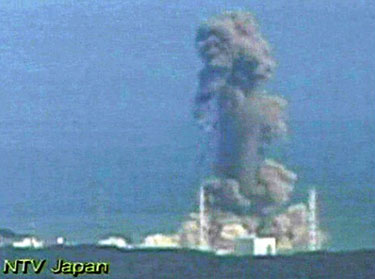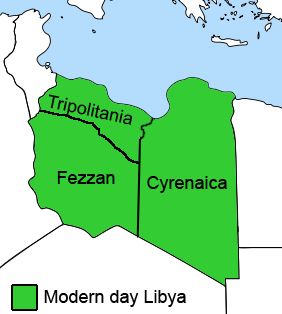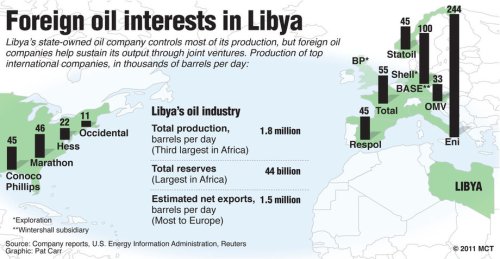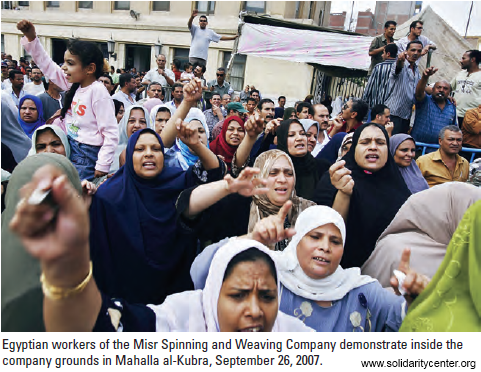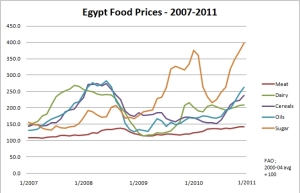A recent visit to Cuba spurred me to re-examine why things are so difficult there. Conditions have declined since my first visit in 1978. At that time, it was certainly a paradise, a shining example of socialist development triumphing over illiteracy, squalor, prostitution, the American Mafia, and domination by an imperialist power. The standard of living was head and shoulders above any other Latin American country.
Today it is not crushingly poor like Haiti or many Caribbean nations, still has little discrepancy in wealth, has better health care and education than others, is not a class society, and stands apart from every other capitalist nation. But it is not thriving by any measure, and there is much hardship. So one must ask why.
As with every economic question, one must start at the beginning – with the numbers. Numbers don’t lie.
By one analysis, the Cuban GDP per person was $6,205 in 2014, or 35% below its level of 1985. Whereas in 1970 Cuba was the second-richest in Latin America, behind only Uruguay, in 2011 (the latest year for which data are available) it was in sixth place in income per person, having been overtaken by Panama, Costa Rica, the Dominican Republic and Ecuador. This is mostly due to the collapse of the beneficial trade relationship Cuba used to have with socialist states. They bought all the sugar Cuba could produce at good rates, and built factories and infrastructure in return. That period is over. Further, sugar prices collapsed and Cuba now imports 80% of its food.
This collapse of socialist trade in 1990 was partly ameliorated by creating its largest trading relationship with social-democratic Venezuela after 2004. Venezuela provided crude oil for Cuba to refine, and invested in Cuban nickel and fibre-optic communications to break the blockade. However, once again, Cuba’s main partner collapsed – this time due to low oil prices and this has caused further declines in Cuban trade, and thus, Cuban income.
Despite recent alarm over Trumps travel restrictions to Cuba, the current economic problems have little to do with Trump. American impact on Cuba has far more to do with foreign policy (much of it Democratic) over the past decades: blockade of Cuba, punishing Cuba’s trade partners, and trying to sabotage Venezuela’s economy.
- The real decline in the Cuban economy is due to Venezuela’s economic collapse, which caused financial support to Cuba, its foreign employment of Cuban doctors and teachers, and trade (and supply of petroleum) to fall. Trade between them dropped from $8.5 billion in 2012 to $2.2 billion last year – a 75% decline. Nothing in the Cuban economy rises to this level of importance – certainly not tourism.
- Further, tourism is rarely a boon to developing economies, and often distorts and causes other problems to the economy. Surprisingly, even liberal economists admit Trump’s restrictions may not even be harmful at all for Cuba:
“Why hasn’t tourism done more to boost the Caribbean economy? One explanation may be the dominance of all-inclusive resorts and other forms of enclave tourism, which concentrates the industry in small areas of a country. Many tourists never leave the resorts, so their money stays there too. And because the resorts are often financed by expatriates, tourism dollars flow to hotel owners abroad rather than filtering out into the local economy.” (“Trump’s Ban On Travel To Cuba Might Actually Help Cuba’s Economy” – fivethirtyeight.com)
- The drop in U.S. tourism from Trump’s restrictions was insignificant, since even at its height, in 2016, US visitors (including Cuban-Americans) was only 15% of all foreign visitors to Cuba (614,000 out of over 4 million). There was a US increase of 150% through June this year, and the reduction in the second half has been limited. Trump’s policies can’t possibly have had any significant effect so far.
- A far larger impact than US tourism on Cuba’s economy was Obama’s assault on Cuba starting in 2008: U.S. exports to Cuba declined by 75% under Obama – from $712 to $180 million from 2008 to 2015. The Clintons, before him, passed an even more restrictive embargo in 2000, and Hillary campaigned in favor of the embargo in 2008.
- Despite “recognizing” Cuba in 2015 after six years in office, Obama through the end of his term never actually legalized normal tourism to Cuba. His travel restrictions of 2015 are essentially those same ones Trump continues to enforce, with a few modifications. To his credit, Obama did at the end of two terms in office, finally call for an end to the embargo, though all knew that neither a Republican nor Democratic Congress would revoke it.
- In the final analysis, the crux of the Cuban economic crisis is Venezuela’s production of high-cost oil in a world market of cheap oil. Certainly this was worsened by the assault on Venezuela’s economy by Obama, his slashing of diplomatic relations with that country, supporting a new Venezuela sanctions bill in 2014, and a new executive order in 2015 against the country. This combination of factors couldn’t help but have a large secondary effect on the Cuban economy.
So, while tourism is fairly important in the Cuban economy, American tourism is not, even at its current zenith. Certainly the three-quarters decline in U.S. trade with Cuba overseen by the Obama administration worsened the problem. But the underlying cause of distress in the Cuban economy is the recent collapse of Venezuelan trade (due to oil prices, and US economic sabotage), and before that, collapse of trade with the Soviet Union and socialist states in 1990. Without bilateral mutually-beneficial long-term development projects, a small agricultural island economy cannot prosper on its own.
Unfortunately, Cuba lacks any natural deposits of fossil fuel , or other large mineral reserves (such as those of Ecuador or Vietnam). And with no friendly wealthy nations on the horizon to help strengthen the Cuban economy, there is no simple way out of the current predicament. And tourism of any kind is no panacea.

